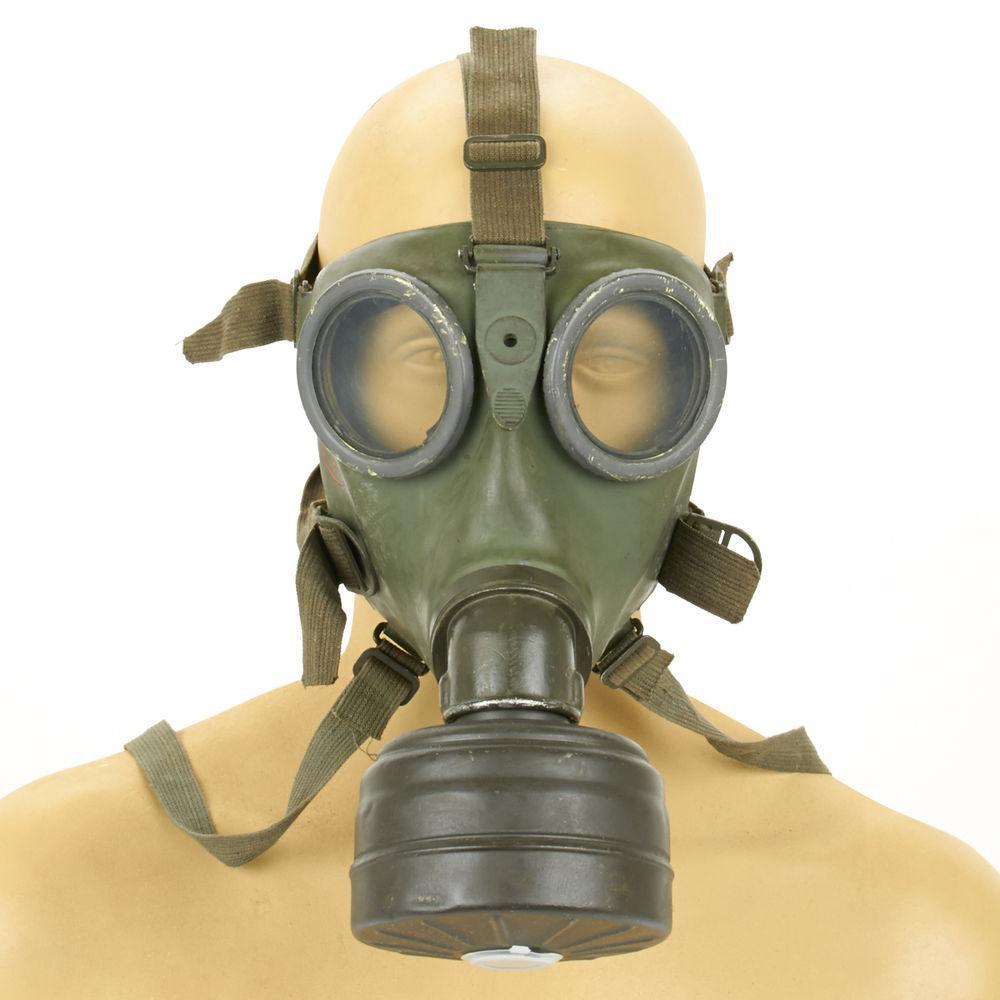
Although some form of reaction may take place, it is not necessary the method may work by attractive charges. This can be used to remove both particulate and gaseous hazards. Some masks have one or two compact air filter containers screwed onto inlets, while others have a large air filtration container connected to the gas mask via a hose that is sometimes confused with an air-supplied respirator in which an alternate supply of fresh air (oxygen tanks) is delivered.Ībsorption is the process of being drawn into a (usually larger) body or substrate, and adsorption is the process of deposition upon a surface. Later, stronger polycarbonate came into use. Panoramic lenses were not popular until the 1930s, but there are some examples of those being used even during the war (Austro-Hungarian 15M). The later Triplex lens style (a cellulose acetate lens sandwiched between glass ones) became more popular, and alongside plain cellulose acetate they became the standard into the 1930s. Glass and mica were quite brittle and needed frequent replacement. The first gas masks mostly used circular lenses made of glass, mica or cellulose acetate to allow vision. Many filters provide protection from both types. Filters against specific chemical agents can last up to 20 hours.Īirborne toxic materials may be gaseous (for example, chlorine or mustard gas), or particulates (such as biological agents). Most combined gas mask filters will last around 8 hours in a biological or chemical situation. The gas mask only protects the user from digesting, inhaling, and contact through the eyes (many agents affect through eye contact). Most gas masks are also respirators, though the word gas mask is often used to refer to military equipment (such as a field protective mask), the scope used in this article. The mask forms a sealed cover over the nose and mouth, but may also cover the eyes and other vulnerable soft tissues of the face. Army soldier ( USAWC photo) Indian muleteers and mule wearing gas masks, France, FebruA Polish MUA gas mask, used in the 1970s and 1980sĪ gas mask is a mask used to protect the wearer from inhaling airborne pollutants and toxic gases. 1915 Zelinsky–Kummant protivogaz, designed in 1915, was one of the first modern-type full-head protection gas masks with a detachable filter and eyelet glasses, shown here worn by U.S. For peacetime uses, including masks designed to filter gasses and particles, see elastomeric respirator. Not the most attractive respirator in the world, but exemplary of German manufacturing standards in the last months of World War II.For the mask used to inhale the gas through, see Mask § Functional masks.

Later on, the filters issued with these masks were manufactured from pressed cardboard, in light of worsening material shortages. The filter seen with this one is an earlier example, made from stamped aluminium. It features a simple exhale valve, with a stamped sheet-metal cover, and celluloid eyepieces affixed directly into the mask lining. The mask itself is made of a canvas material with an inner rubberized coating, very similar to the GM 30 gas masks made for the armed forces. In comparison to the flat cardboard boxes issued with earlier masks, these containers were much more practical and robust, although they are not particularly attractive to look at. The container was a thin plywood box, with a string attached for carrying purposes. Although inferior in fit and finish, they were perfectly functional, and were issued to the civilian population in significant quantities. These masks were produced in the latter months of the war in Europe, as a more economical alternative to the earlier VM 37 and VM 40 respirators.

An example of the VM 44 gas mask (Volksgasmaske 1944), with carry box. It's missing the instruction leaflet, but is otherwise complete and in very good condition.


 0 kommentar(er)
0 kommentar(er)
